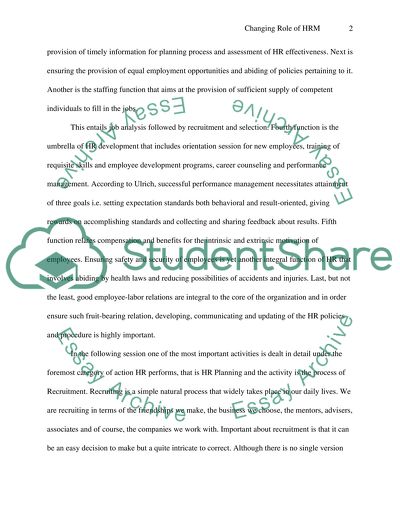Cite this document
(“Changing Role of HRM Essay Example | Topics and Well Written Essays - 3250 words”, n.d.)
Retrieved from https://studentshare.org/human-resources/1559559-changing-role-of-hrm
Retrieved from https://studentshare.org/human-resources/1559559-changing-role-of-hrm
(Changing Role of HRM Essay Example | Topics and Well Written Essays - 3250 Words)
https://studentshare.org/human-resources/1559559-changing-role-of-hrm.
https://studentshare.org/human-resources/1559559-changing-role-of-hrm.
“Changing Role of HRM Essay Example | Topics and Well Written Essays - 3250 Words”, n.d. https://studentshare.org/human-resources/1559559-changing-role-of-hrm.


